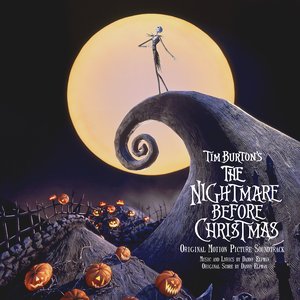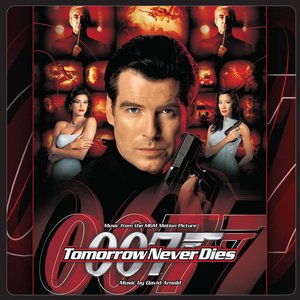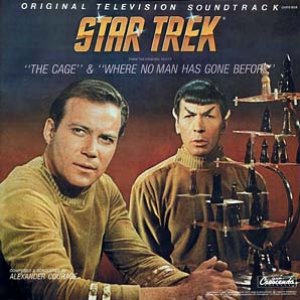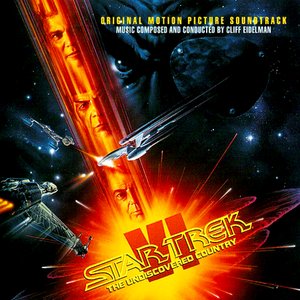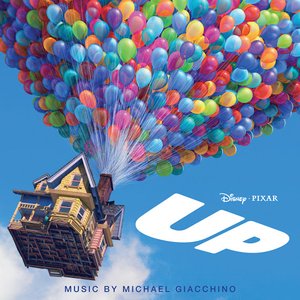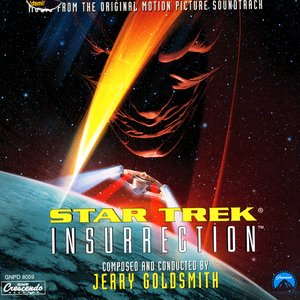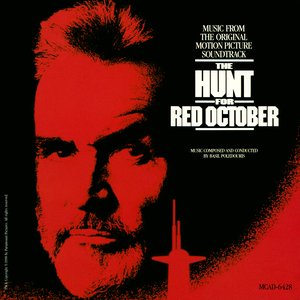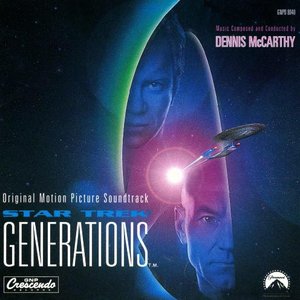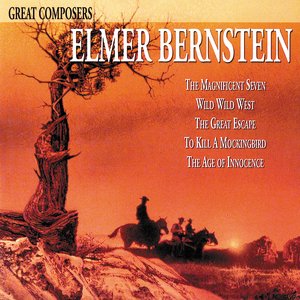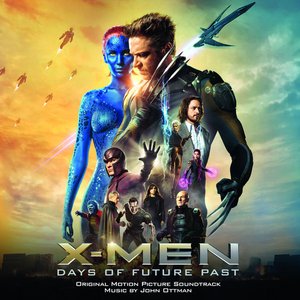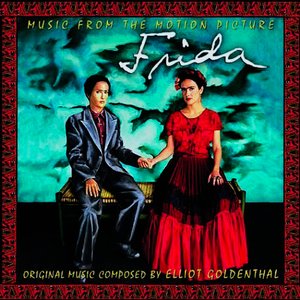Wiki
-
Release Date
1979
-
Length
9 tracks
The score for Star Trek: The Motion Picture was written by Jerry Goldsmith, who would later compose the scores Star Trek V: The Final Frontier, Star Trek: First Contact, Star Trek: Insurrection, and Star Trek Nemesis, as well as the themes to the television series Star Trek: The Next Generation and Star Trek: Voyager. Gene Roddenberry had originally wanted Goldsmith to score Star Trek's pilot episode, "The Cage", but the composer was unavailable. When Wise signed on to direct, Paramount asked the director if he had any objection to using Goldsmith. Wise, who had worked with the composer for The Sand Pebbles, replied "Hell, no. He's great!" Wise would later consider his work with Goldsmith one of the best relationships he ever had with a composer.
Goldsmith was influenced by the style of the romantic, sweeping music of Star Wars. "When you stop and think about it, space is a very romantic thought. It is, to me, like the Old West, we’re up in the universe. It’s about discovery and new life it’s really the basic premise of Star Trek," he said. Goldsmith's initial bombastic main theme reminded Ramsay and Wise of sailing ships. Unable to articulate what he felt was wrong with the piece, Wise recommended writing an entirely different piece. Although irked by the rejection, Goldsmith consented to re-work his initial ideas. Star Trek: The Motion Picture is the only Star Trek film to have a true overture, using "Ilia's Theme" in this role. Star Trek and The Black Hole would be the only feature films to use an overture from the end of 1979 until the year 2000 (with the movie Dancer in the Dark).
Much of the recording equipment used to create the movie's intricately complicated sound effects was, at the time, extremely cutting edge. Among these pieces of equipment was the ADS (Advanced Digital Synthesizer) 11, manufactured by Pasadena, California custom synthesizer manufacturer Con Brio, Inc. The movie provided major publicity and was used to advertise the synthesizer, though no price was given. The film's soundtrack also provided a debut for the Blaster Beam, an electronic instrument 12 to 15 feet (3.7 to 4.6 m) long. The Blaster had steel wires connected to amplifiers fitted to the main piece of aluminum; the device was played with an artillery shell. Goldsmith heard it and immediately decided to use it for V'ger's cues. The rush to finish the rest of the film impacted the score. The final recording session finished at 2:00am on December 1, only five days before the film's release.
Album descriptions on Last.fm are editable by everyone. Feel free to contribute!
All user-contributed text on this page is available under the Creative Commons Attribution-ShareAlike License; additional terms may apply.

